
What do you look for in a vacation? maybe you’re someone who has to stay active by climbing mountains, wandering through national parks, and exploring glaciers. In order to consider it a successful trip. Or maybe you’re the opposite and fancy nothing more than a week of sunbathing and swimming on a remote island in the middle of the ocean. But while we all spend a good chunk of our time daydreaming about where we’re heading off to next.
Some of our favorite spots might not be accessible for that much longer. Global warming and high levels of tourism are causing a negative impact on some of the most impressive places in the world, and officials are worried about the future of them.
Make sure to stick around until the end to hear about the beautiful spot where tourists now have to pay for an allotted time slot to be able to visit it.
Now let’s get into ten places you must visit before they disappear and before you die.
1- Venice
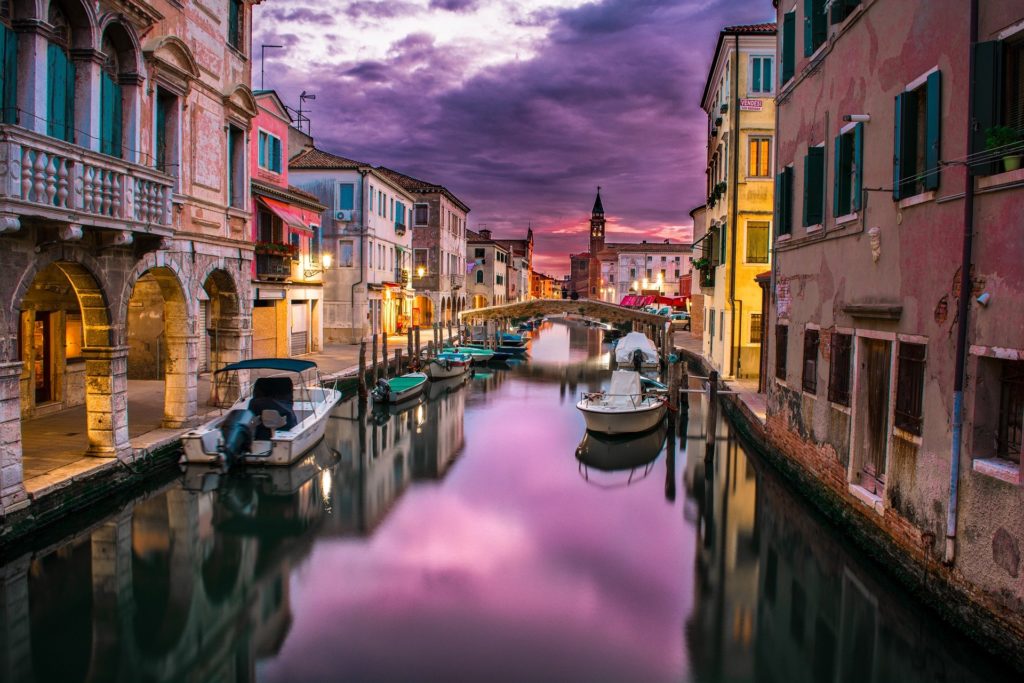
Impressive canals and beautiful architecture aren’t the only things that the Italian city of Venice is known for. As well as its charming gondolas and delicious pizza, the city is also famed for the fact that it’s slowly sinking. So if you want to visit this canal centric City, scheduled in a trip soon because you might not be able to go there for much longer.
The city is subsiding which is a fancy word that means. It’s gradually sinking down, but that’s not the only problem this beautiful city suffers from, it’s also leaning ever so slightly to the east. Officials noticed Venice his subsidence decades ago. After scientists realized that pumping groundwater from beneath, the city combined with the grounds compaction from centuries of new buildings was causing the city to sink.
As a result they stopped pumping the groundwater and a subsidence seemed to stop. But a 2012 study in the Journal of geochemistry geophysics and geo systems used complex measuring techniques to reveal that the city has been subsiding on average about 0.07 inches a year. The force is causing the subsidence are thought to come from tectonic plates making the issue all the more difficult to Fix.
2- Great Wall of China
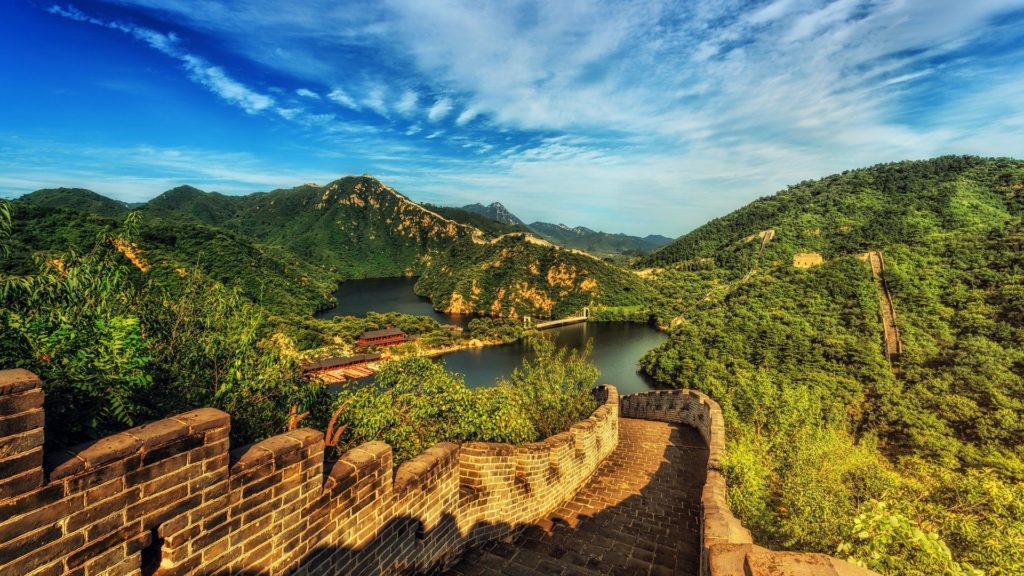
While Venice is sinking due to natural causes, some of the erosion on China’s most famous wall is due to tourists. In fact, nearly a third of China’s Great Wall has disappeared due to natural erosion, damage from tourists and people stealing bricks to build homes.
Some of the most popular sections of this UNESCO World Heritage Site were put into place during the Ming era of China, although work first started in the 3rd century BC. It is so dilapidated in places and estimates of its total length vary from 5000 to 500, to 13000 miles, depending on whether missing sections are included in the count or not. Either way, it’s certainly still an impressive structure, but over time the walls have worn away due to heavy winds and rainfall, and that’s definitely not been helped by the many tourists who climb all over the walkway and steel bricks as a souvenir.
Of course stealing them is not allowed, but it’s difficult to catch people in the act. Even locals have been known to sell bricks from the Great Wall to tourists.
3- Australia’s Great Barrier Reef
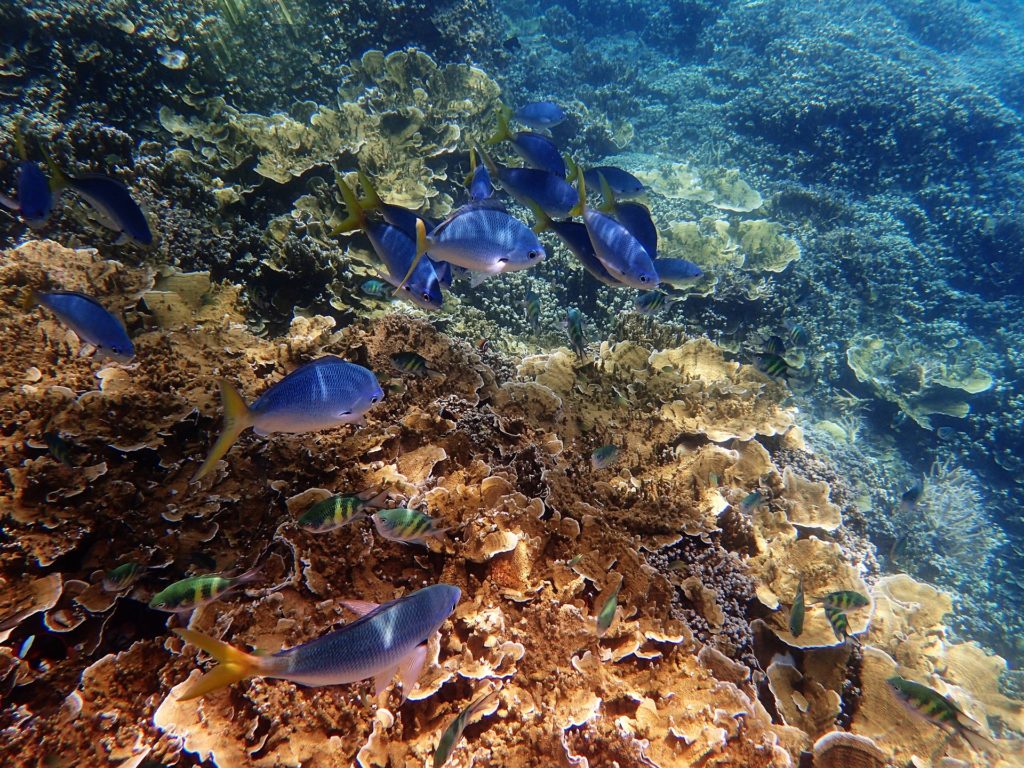
This beautifully colored coral ecosystem is also at an unprecedented risk of collapse according to experts. The Great Barrier Reef is the world’s largest coral reef, and it stretches nearly 1500 miles from Papua New Guinea to the coast of Queensland Australia. However, there’s been multiple major bleaching events over the last two decades, meaning that the corals have expelled much of the tiny colorful algae living in their tissues. This is why if you take a look at the Great Barrier Reef and nowadays, you’ll see that much of what remains is just a white skeletal structure.
Coral bleaching happens when the sea temperatures rise and the coral is negatively impacted from the heat stress, and what makes this all the more sadder is that it’s not only the coral that’s affected, but also the creatures that live in side of it. So if you gazed wistfully at the incredible photos of the Great Barrier Reef in the past, you might want to book your ticket to Australia sooner rather than later.
4- North Pole
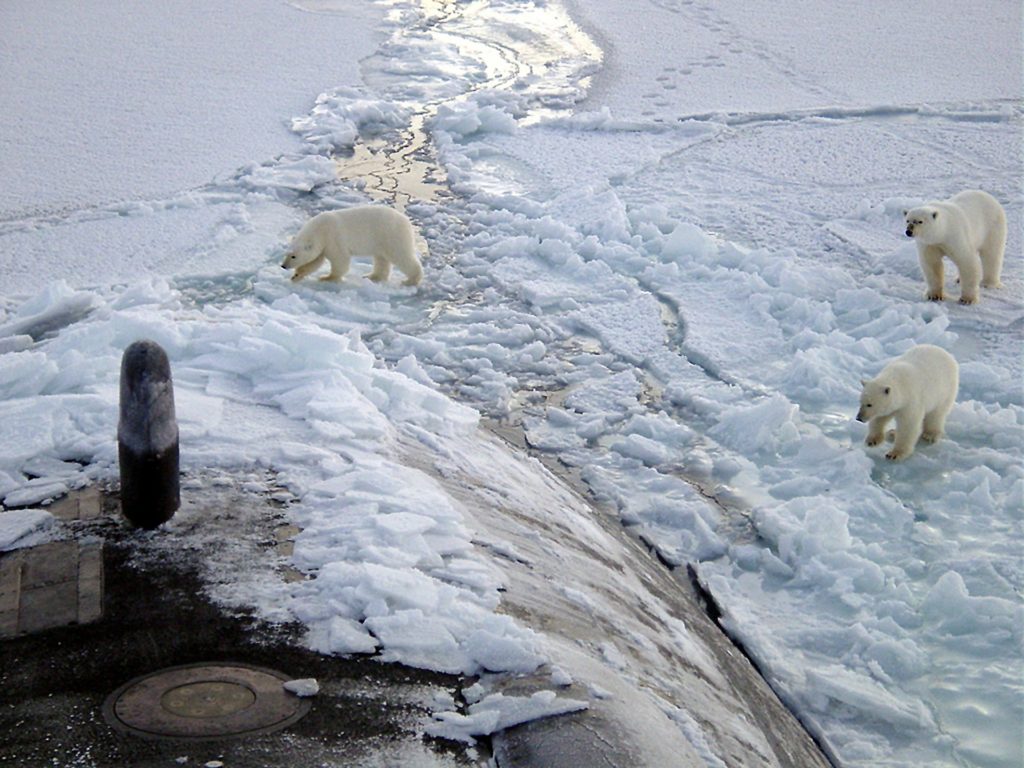
This place is also suffering from rising temperatures. The North Pole which you might know as somewhere that’s particularly cold. Actually reach temperatures of 35 degrees Fahrenheit in February . This might not sound like anything to worry about, but keep in mind that the ice caps start to melt when temperatures go above the freezing point. The area doesn’t see sunshine for months on end, but that doesn’t mean that it can’t get warm there.
Scientists were shocked to discover open water north of the country as the area’s usually covered in very thick ice. While much of this could be due to global warming.
Scientists also think that it could be caused by storms moving towards the North Pole. Through the Greenland Sea, which pulls heat up to the North Pole. It’s too soon to know whether this is what we should expect from the coldest areas of the world moving forward, but the melting of the North Pole is something that should be concerning to us all.
5- Franz Josef glacier
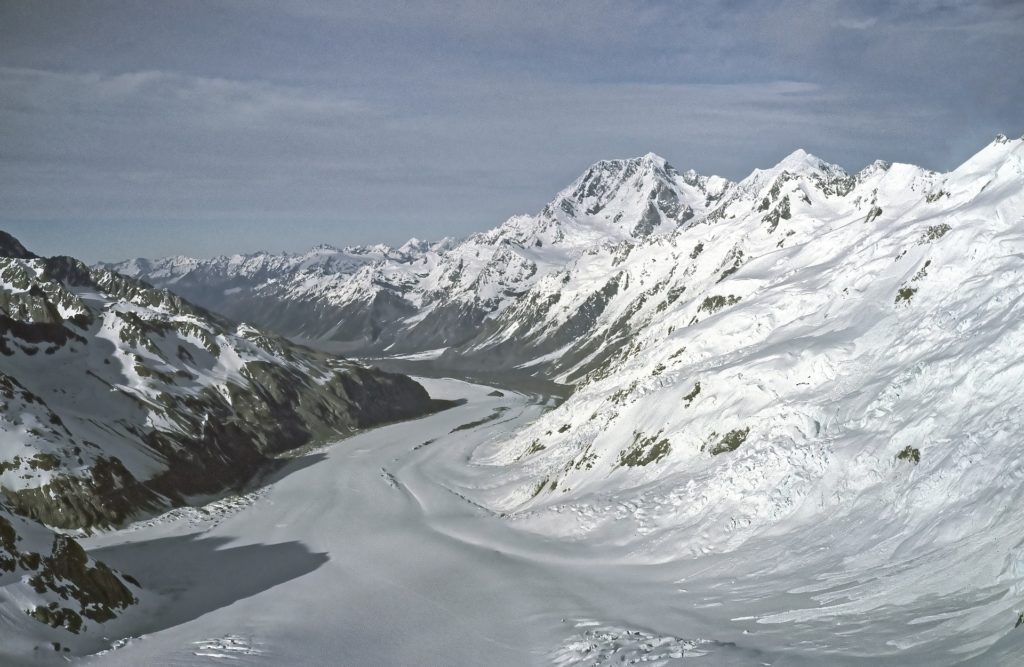
Mother nature should take no prisoners when it comes to keeping the icy structures of the world from melting. The Franz Josef glacier in New Zealand is no exception, not only is this structure considered a gem of the country, but it’s also a tourist hotspot due to its outstanding beauty and incredible features.
Over the years thousands of people have flocked to New Zealand every day during peak season to visit this frozen Marvel. The fact that this glacier was starting to melt was nothing unusual. In the language of these structures each year a glacier will advance and retreat. Depending on the amount of annual snowfall compared to the amount that melts.
Many glaciers go through centuries long cycles this way, and it’s no cause of worry. But as you might have guessed by now. The annual snow melt is starting to exceed the snowfall by quite a lot on the franz josef glacier. The first official mapping the glacier took place in 1893 and scientists have been keeping a close eye on it ever since. Now the future of the glacier is concerning scientists with its uncertainty. If it keeps retreating without advancing it could be gone soon enough.
Between 1893 and 1983, it retreated by nearly two miles. But it advanced by nearly one mile by 2008. But over the last decade alone. It’s retreated back again by nearly one mile at an alarmingly quick rate.
6- The Amazon Rainforest
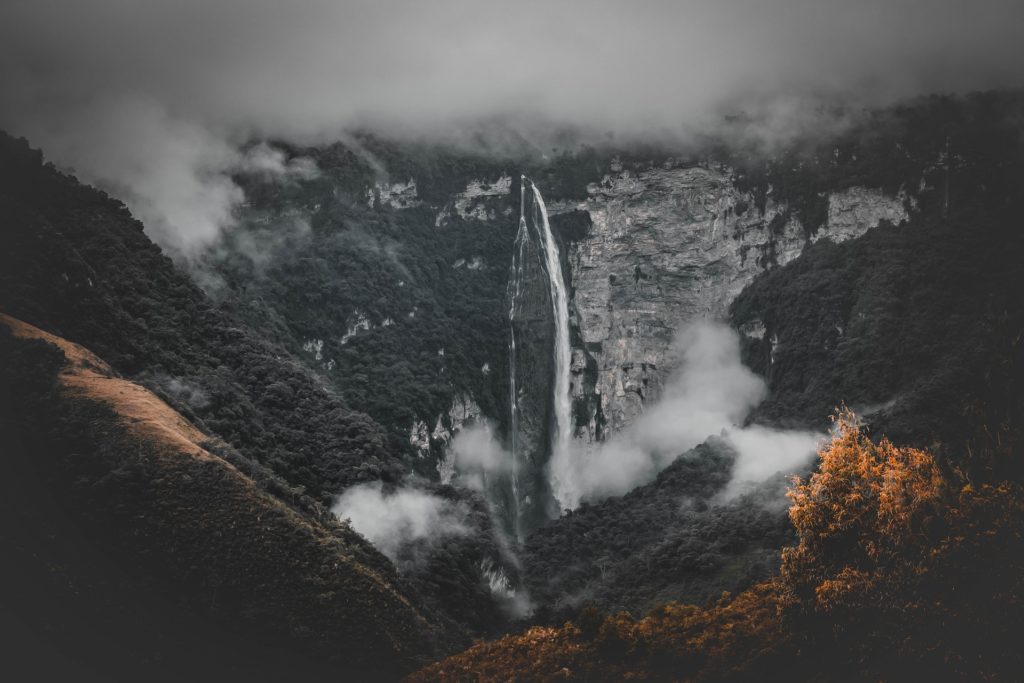
In the past 20 years alone, an area the size of two Germany’s has been cleared from this tropical rainforest. That’s mostly due to the forest station, which means that unlike some of the disappearing places on our list. This is one we could very easily stop ourselves. But with growing population levels we’d have to act fast before it’s too late.
Much of the Amazon has been cut down to make room for raising crops. Particularly soy and cattle farming. In fact cattle pastures occupy 80% of the deforested areas in the Amazon. But it’s not only the trees that are affected by deforestation.
Researchers from the University of Cambridge found that given current rates, between one and two major species groups are wiped out for every 10 percent of forest cover that is cleared.
The rainforest is known for being breathtakingly beautiful. But if we carry on at the same rate we’re going now. It might not be for too much longer.
7- Maldives
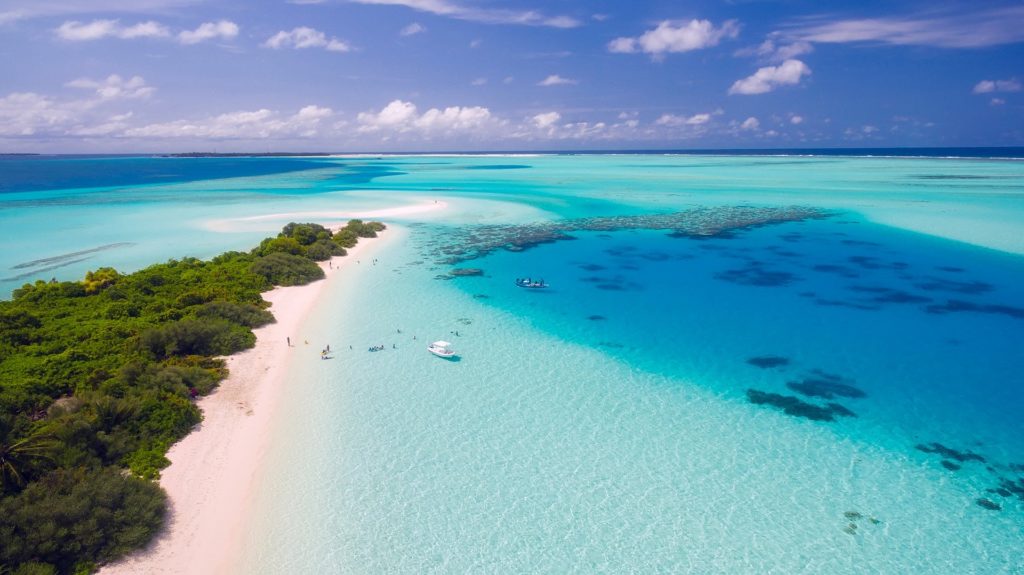
If you’re a fan of luxury holidays, then news that this is disappearing might savin you quite a bit. Because if you like jetting off to the middle of nowhere in a place where you can look out of your window and see little more than a white sand beaches and the sea. You might want to book a trip here pretty soon. Luxury holiday destination the Maldives. It is slowly sinking further and further below the water, as rising sea levels affect the area.
In fact these stylish islands could vanish entirely within the next century. As the sea levels rise the edges of each individual island get swallowed up by the water. Tuvalu place is estimated to be uninhabitable by 2050, and some islands like Kiribati could completely gone by 2100.
This group of islands has the lowest elevation in the entire world with an average height of 4 feet above sea level. Scientists warn that these rising water levels stem from global warming and combined with the beach and coastal erosion. As well as flooding it could make the entire maldis uninhabitable soon enough.
8- Taj Mahal
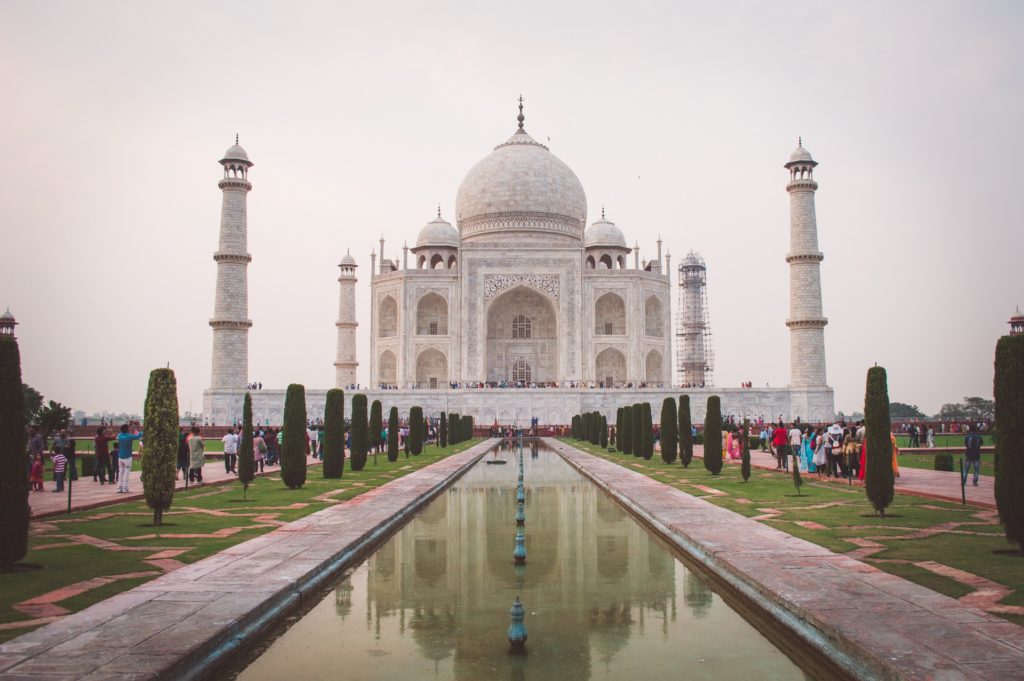
Taj Mahal is another place that could soon be nothing more than a picture on a postcard. The Taj Mahal which sits in Agra northern India, was constructed with translucent white marble, and inlaid with semi-precious stones including Jasper, Jade, turquoise and sapphire. But while this majestic building was once beautifully clean and white. Time has had an impact on its coloring and now it’s a little tinted around the edges.
Over the last four centuries that Taj Mahal has darkened as a result of natural oxidation processes. The marble equivalent of rust and air pollution hasn’t helped either. Despite the establishment of a 4000 square mile protected area around the site, in which emissions are supposedly strictly controlled. The building has slowly gained an odd yellowish Sheen.
Since 1998 millions, have been spent trying to figure out how to reverse this discoloration. But if anything this work has actually made it worse. If experts can’t figure out how to stop the discoloration soon, the Taj Mahal could lose its status as one of the most beautiful works of architecture in the world.
9- El Mirador

This place in Guatemala is another area where more than 12 million dollars has been raised to prevent ongoing. A UNESCO World Heritage Site that’s also the only national park in the world. Containing preclassic Maya city’s pyramids and temples. Inside you’ll find an abundance of wildlife including beautiful birds mischievous monkeys. A number of larger bees to all call this place home. But they might not be able to for much longer.
Technically El Mirador is a protected area which you’d think would mean. It’s safe from harm. however, sadly that’s not the case. The rich biodiversity in this National Park is at threat from a legal logging and deforestation.
Currently it’s losing around one 100000 acres a year. Due to man-made fires, and land clearing for drug trafficking clandestine airports, and massive cattle ranching from drug profits. Park Rangers patrol the area regularly trying their best to prevent and shut down these illegal activities, but greater protection is needed to stop this incredible place of natural beauty disappearing.
10- Peru’s Machu Picchu
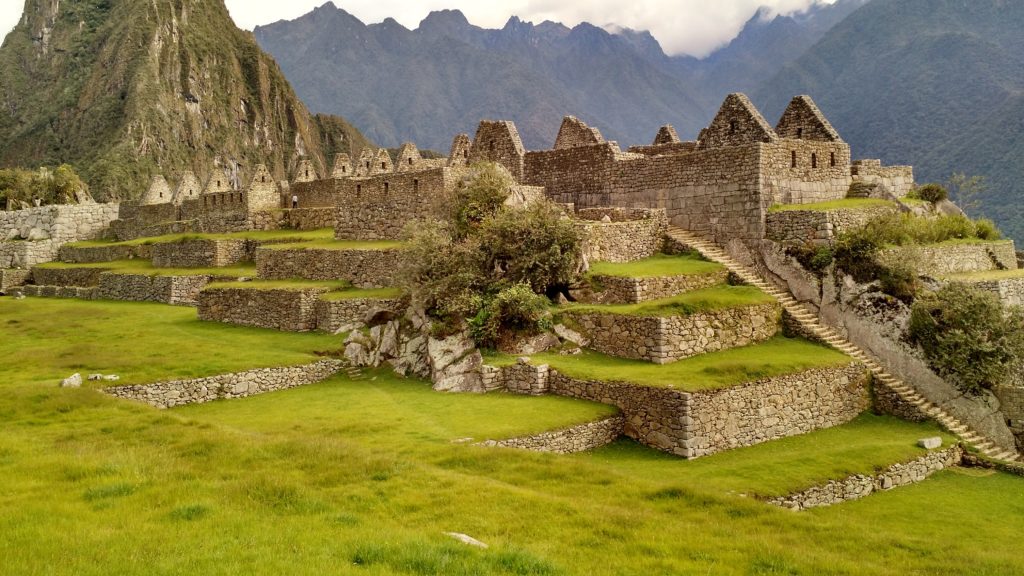
It’s been a famed tourist site for many years, which is probably why it’s damage is occurring at an exponential rate. The country’s most famous Inca Citadel. This world wonder might be insanely popular. But it wasn’t built for the millions of tourists who come from all over to explore it.
Machu Picchu was probably founded around 1450 as an estate for the Inca Emperor, which is proof enough that it wasn’t made to have millions of feet stampeding through it every day. It’s a place on everyone’s bucket list. But you might not be able to walk through the area in a few years. While it used to be possible to wander through Machu Picchu whenever and wherever.
Since July 2018 it’s now mandatory to purchase a ticket for an allotted time slot before you’re allowed to explore. Come along for the morning or for the afternoon. But if you wish to spend an entire day there then you’ll need to pay twice. The effort to streamline the area was done in the hope that it will prevent tourists from flocking in masses and degrading the site further. It might be one of Peru’s most important tourist sites. But preserving it is more important right now.
That’s all for 10 places you must visit before they disappear, and befor you die.






